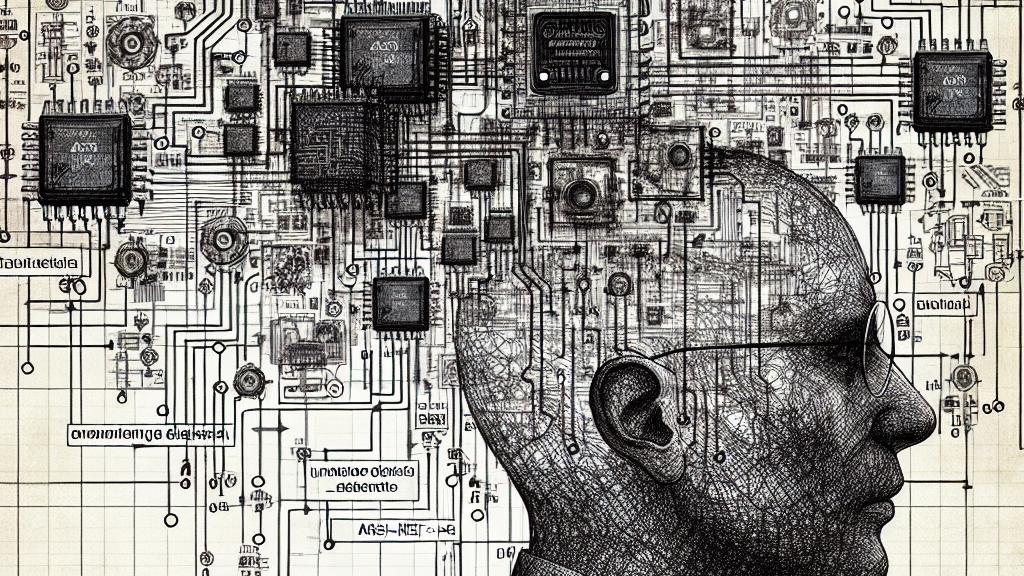Automated Design of AMS Circuits Using Knowledge Graphs
Overview
- Dive into the transformative AMSnet-KG dataset designed to enhance circuit automation.
- Uncover how large language models (LLMs) streamline the design process and improve outcomes.
- Fascinating case studies exemplify the practicality of automated designs for operational amplifiers and comparators.

The Innovative AMSnet-KG Dataset
The AMSnet-KG dataset marks a remarkable evolution in the automation of analog and mixed-signal (AMS) circuit design, crafted in the vibrant research environments found in the United States. This dataset goes beyond traditional datasets, effectively addressing the persistent challenges associated with manual circuit design, known for being both time-intensive and requiring substantial human effort. Imagine having access to a treasure trove of schematics and netlists, all characterized by comprehensive annotations that detail their functionality! This not only accelerates design workflows but also significantly enhances the robustness of outputs. For instance, engineers can now rely on this wealth of information to circumvent the 'model hallucination' issues often encountered in automated designs, carving a path toward precision and reliability that was previously hard to achieve.
LLMs: A Game Changer in Circuit Design
How do large language models (LLMs) fit into this exciting scenario? Picture this: your specific design requirements dictate the selection of optimal circuit components while the LLM assembles them into a cohesive topology. It's a revolutionary process! By integrating techniques such as Bayesian optimization, LLMs fine-tune transistor sizing, ensuring all specifications are meticulously met. The real magic happens in case studies, particularly those focused on operational amplifiers and comparators, that showcase a seamless journey from initial specifications to a functional netlist. Imagine the thrill of seeing these designs evolve with minimal human input, generating refined circuits that are not just theoretically sound but also practically viable! As simulations provide continuous feedback, the designs are able to adapt and enhance in real-time, highlighting just how far we've come in circuit design automation.
Looking Ahead: Future Innovations in EDA
When we gaze into the future, the potential of AMSnet-KG and LLMs ignites a sense of excitement about the possibilities that lie ahead. These advancements signify a world where circuit design becomes increasingly autonomous, liberating engineers from mundane tasks and allowing them to invest time in creative problem-solving and innovation. Envision how tools like Siemens' HyperLynx and Autodesk’s Design Automation APIs will advance, intricately weaving sophisticated simulation capabilities with transformative knowledge-driven automation approaches. This powerful combination has the capacity to redefine engineering methodologies, setting new standards not just for circuit design but for technology as a whole! Imagine a future where digital twin concepts converge beautifully with knowledge graphs, resulting in designs that are reflective of real-world conditions and complexities. Ultimately, this synergy doesn't just pave the way for improved designs; it reshapes our understanding of engineering, reinforcing the notion that the marriage of rich datasets, cutting-edge LLMs, and pioneering automation techniques is essential for driving the next wave of technological revolution!

Loading...